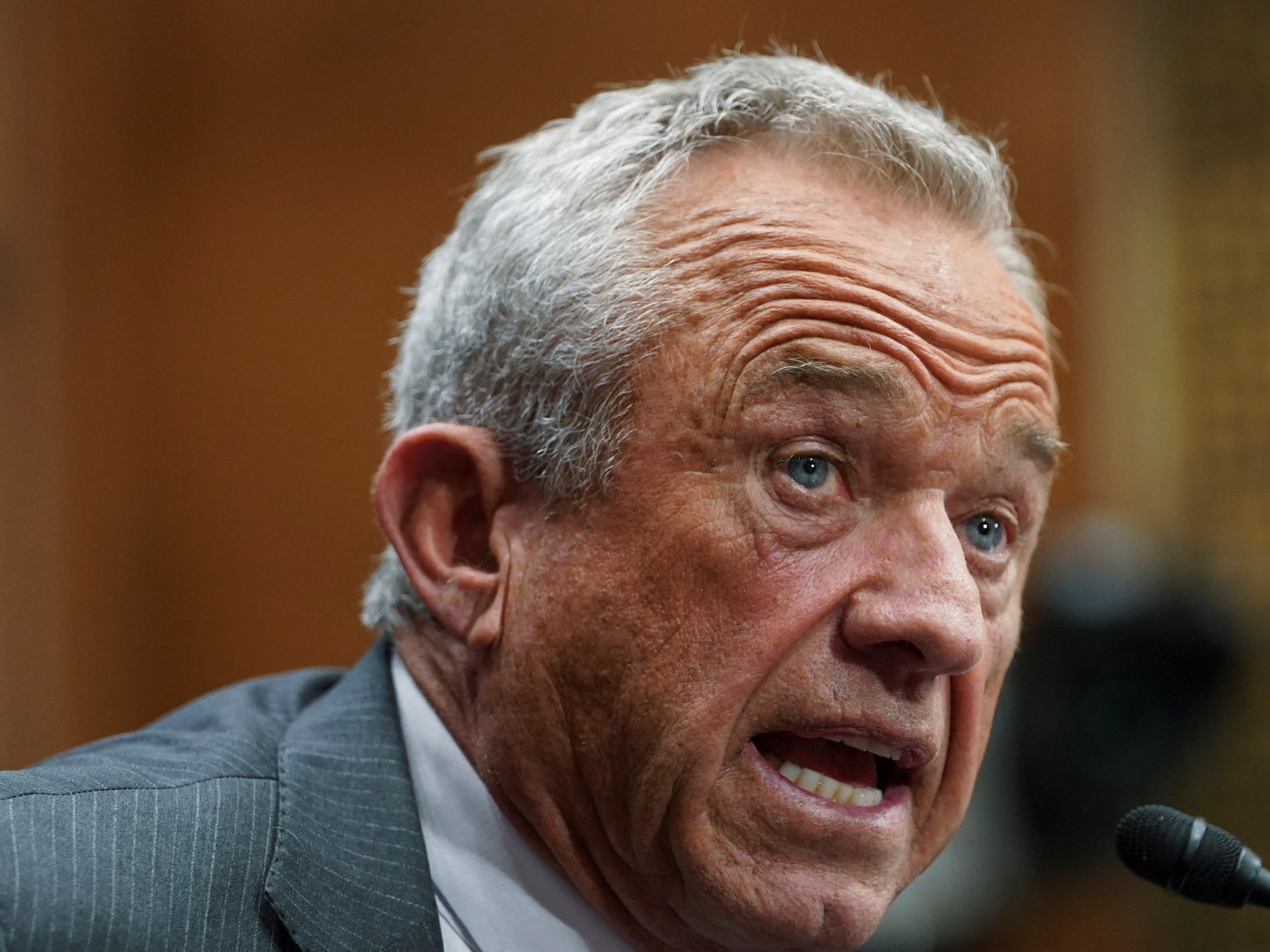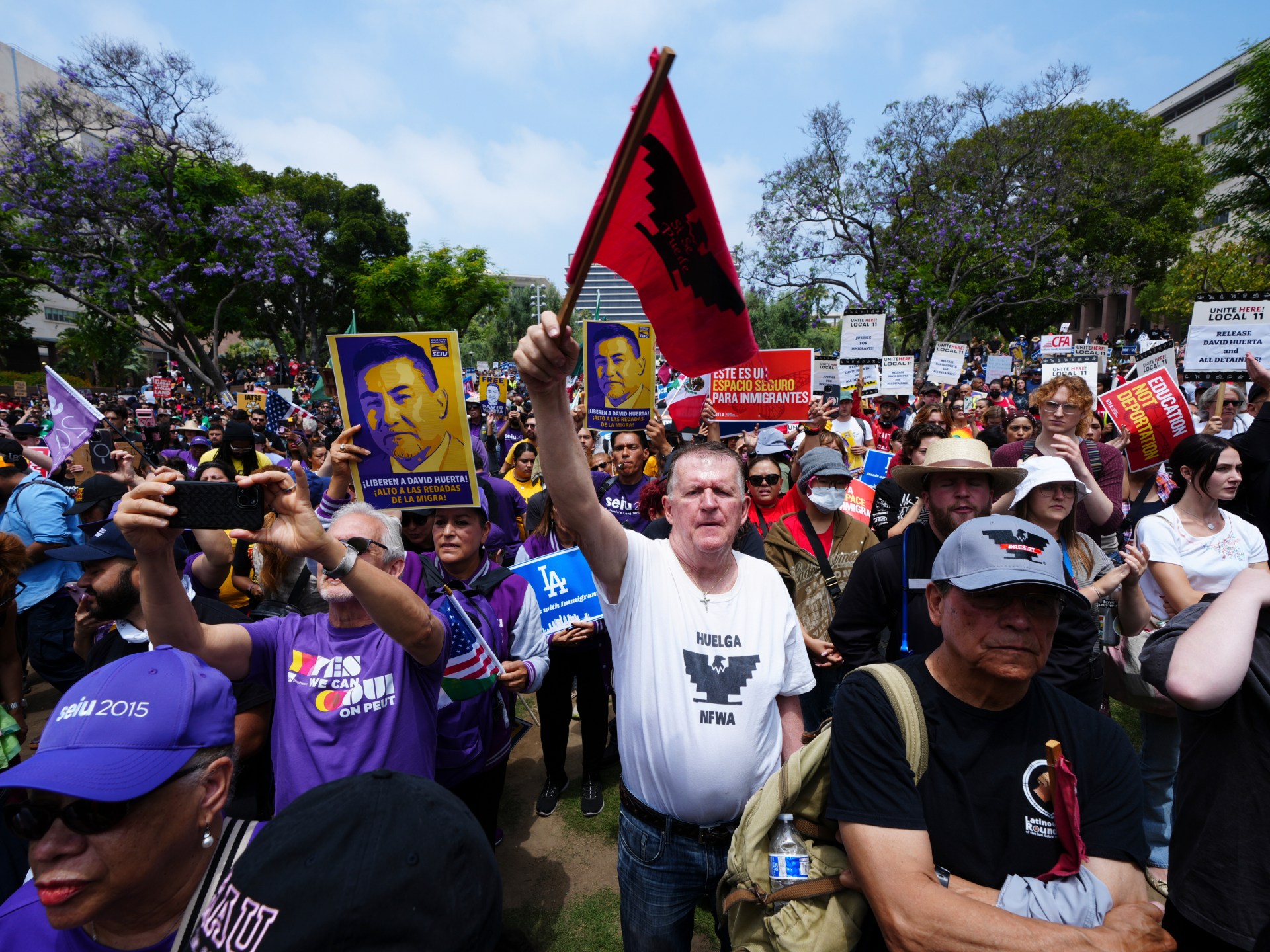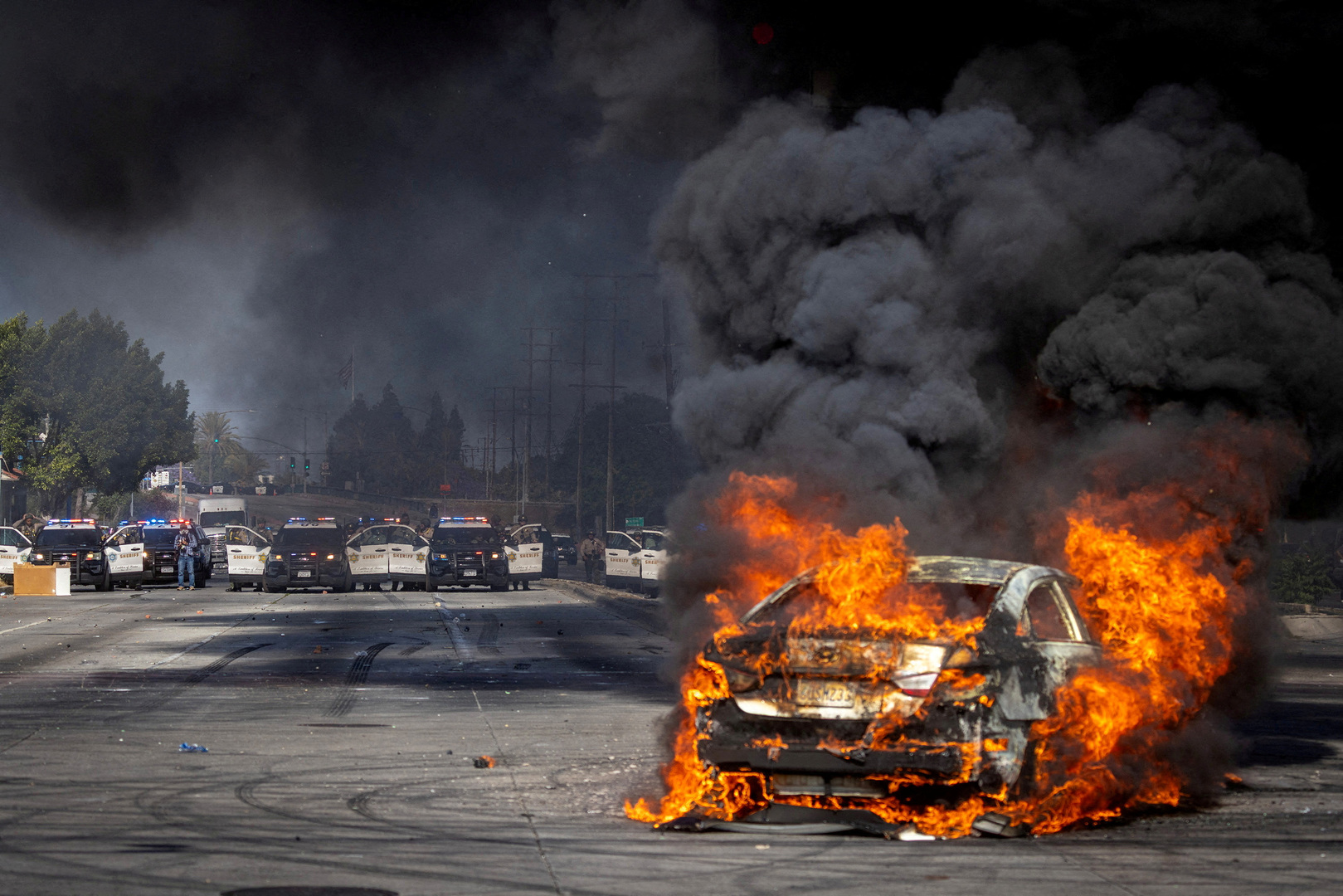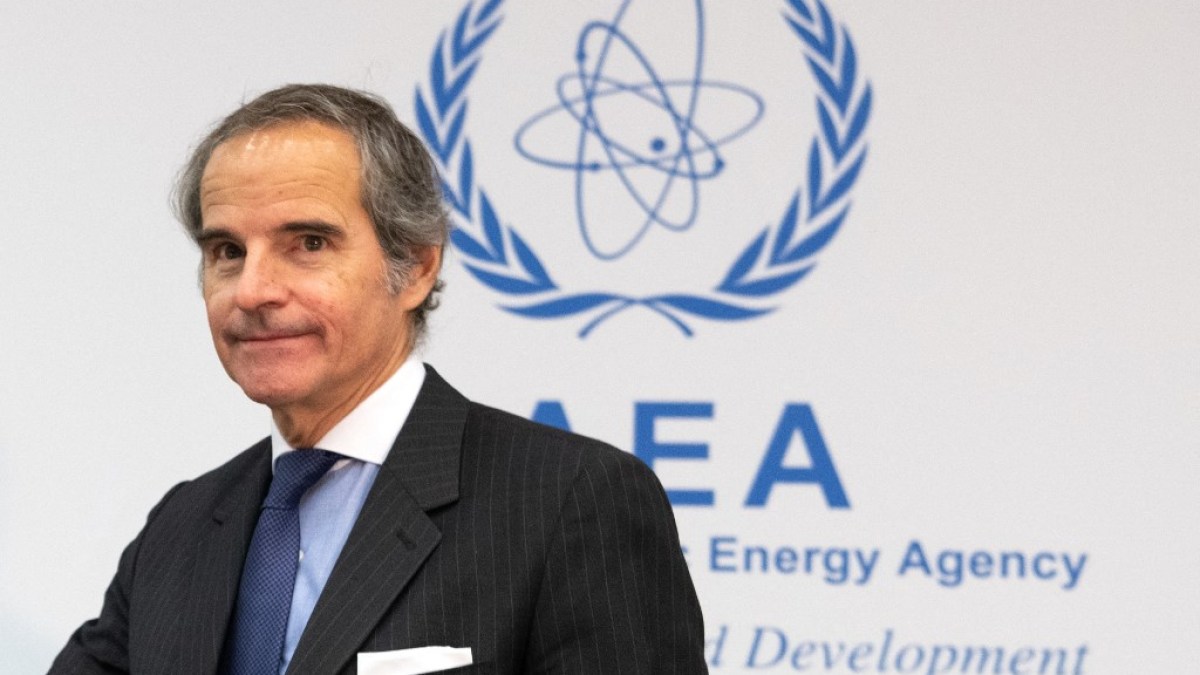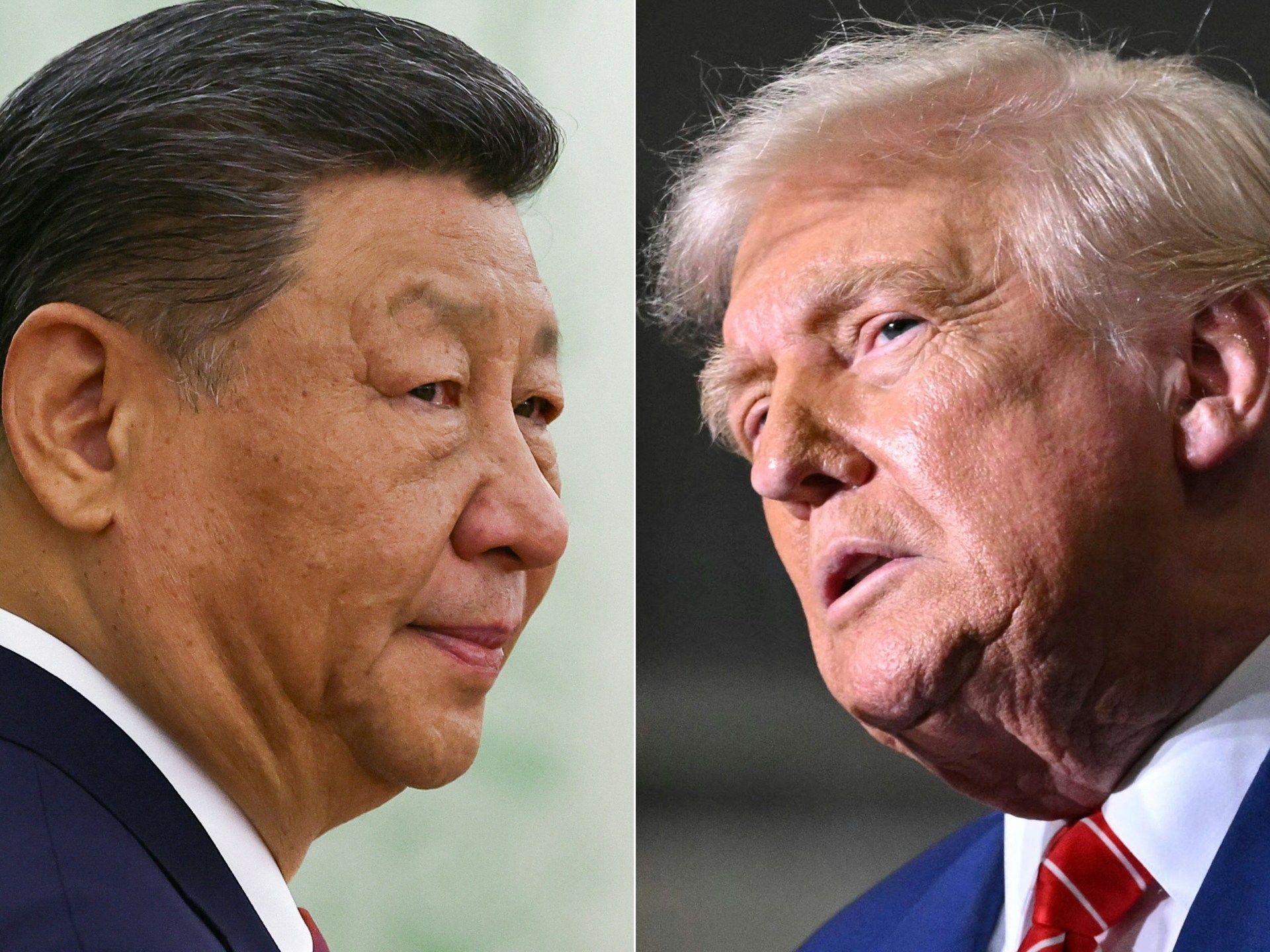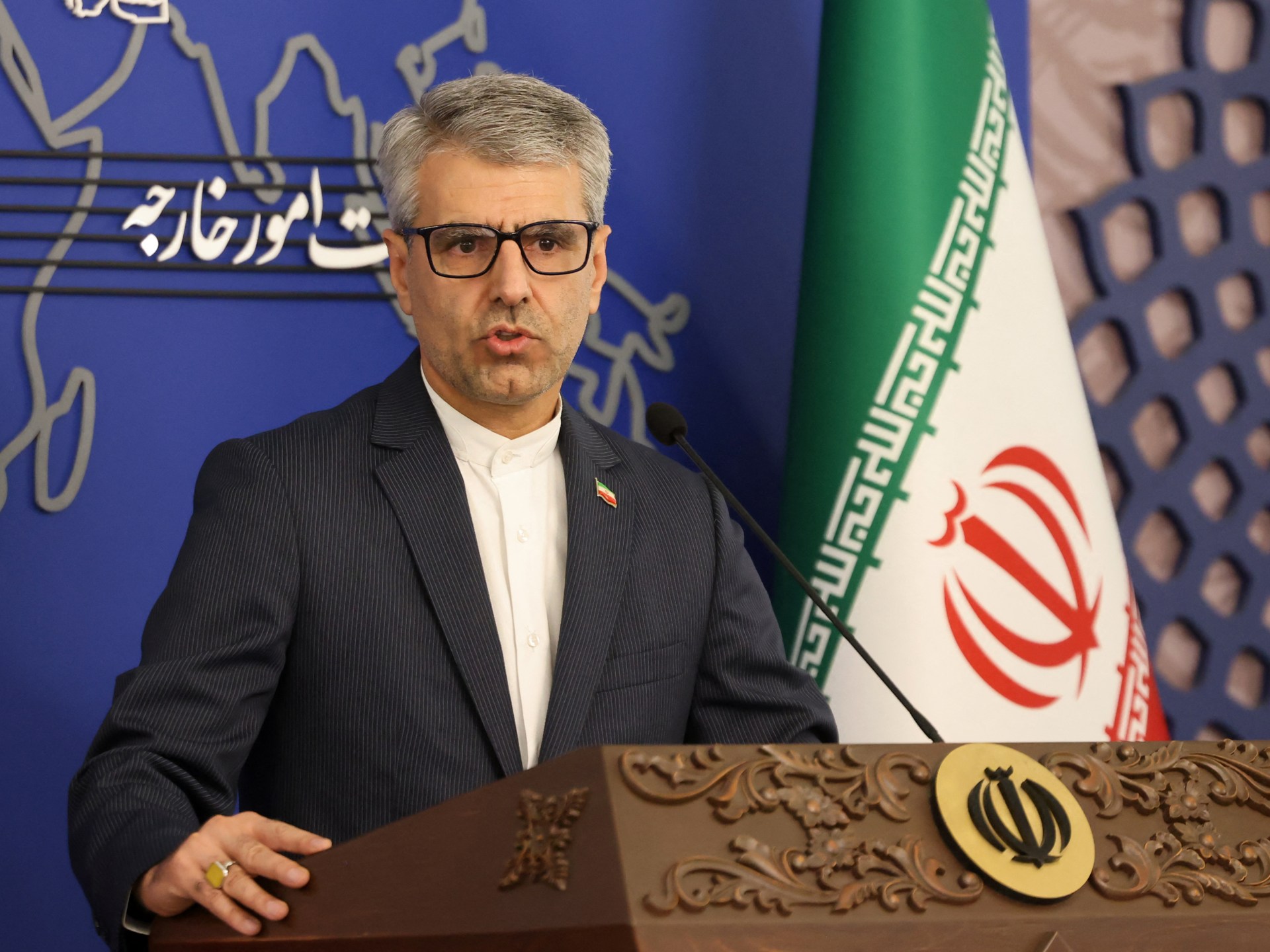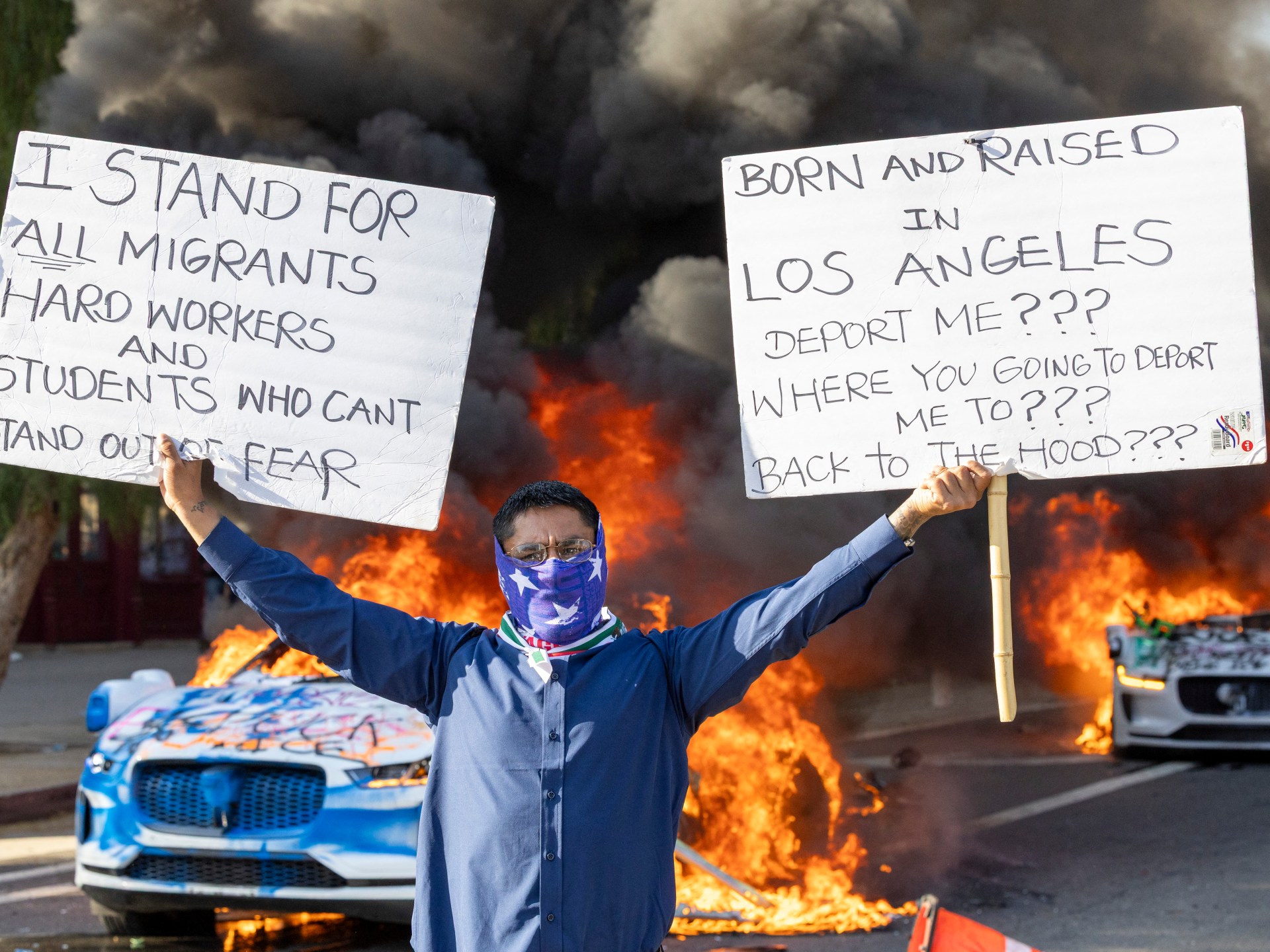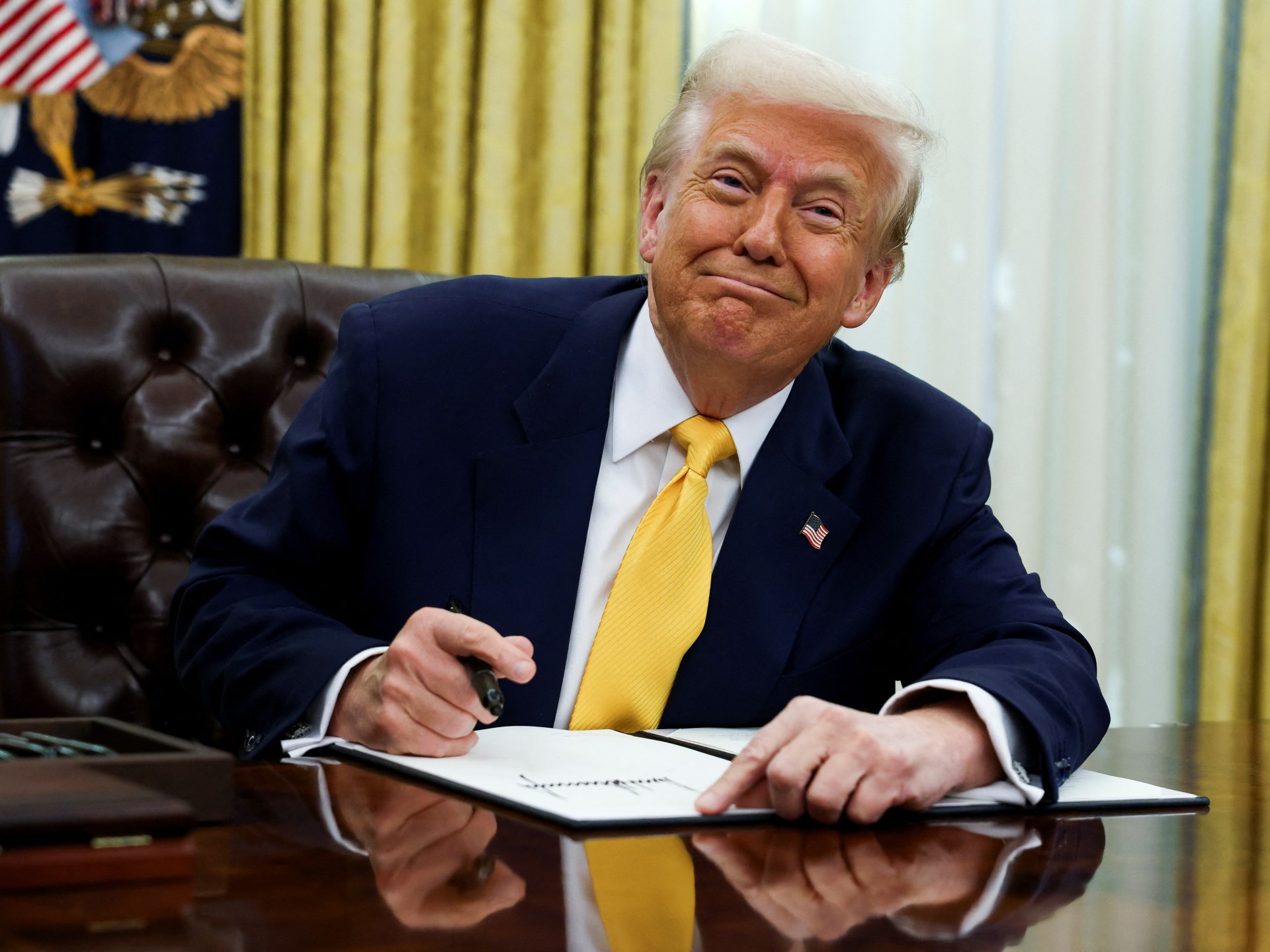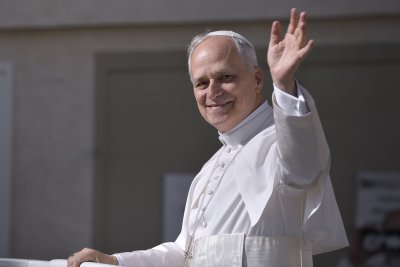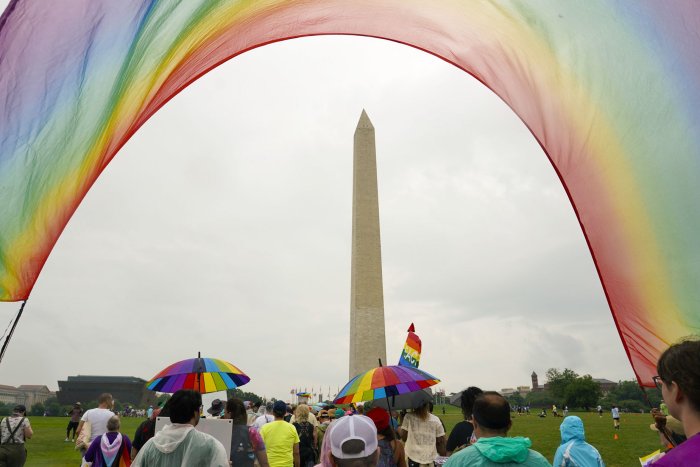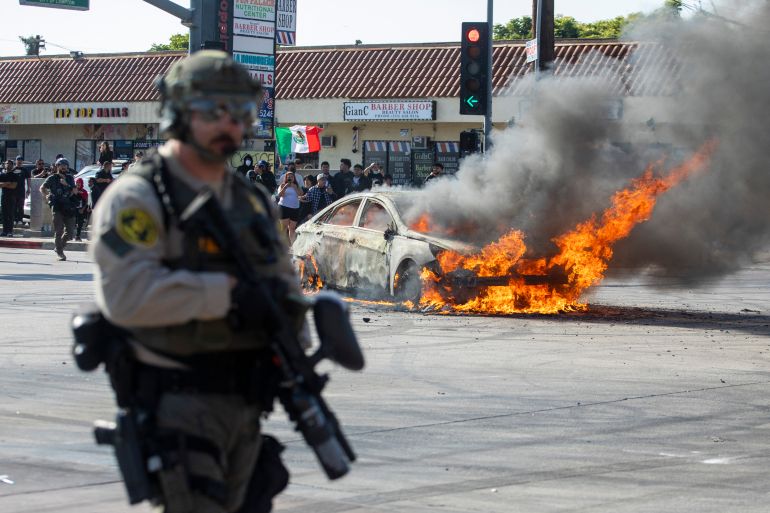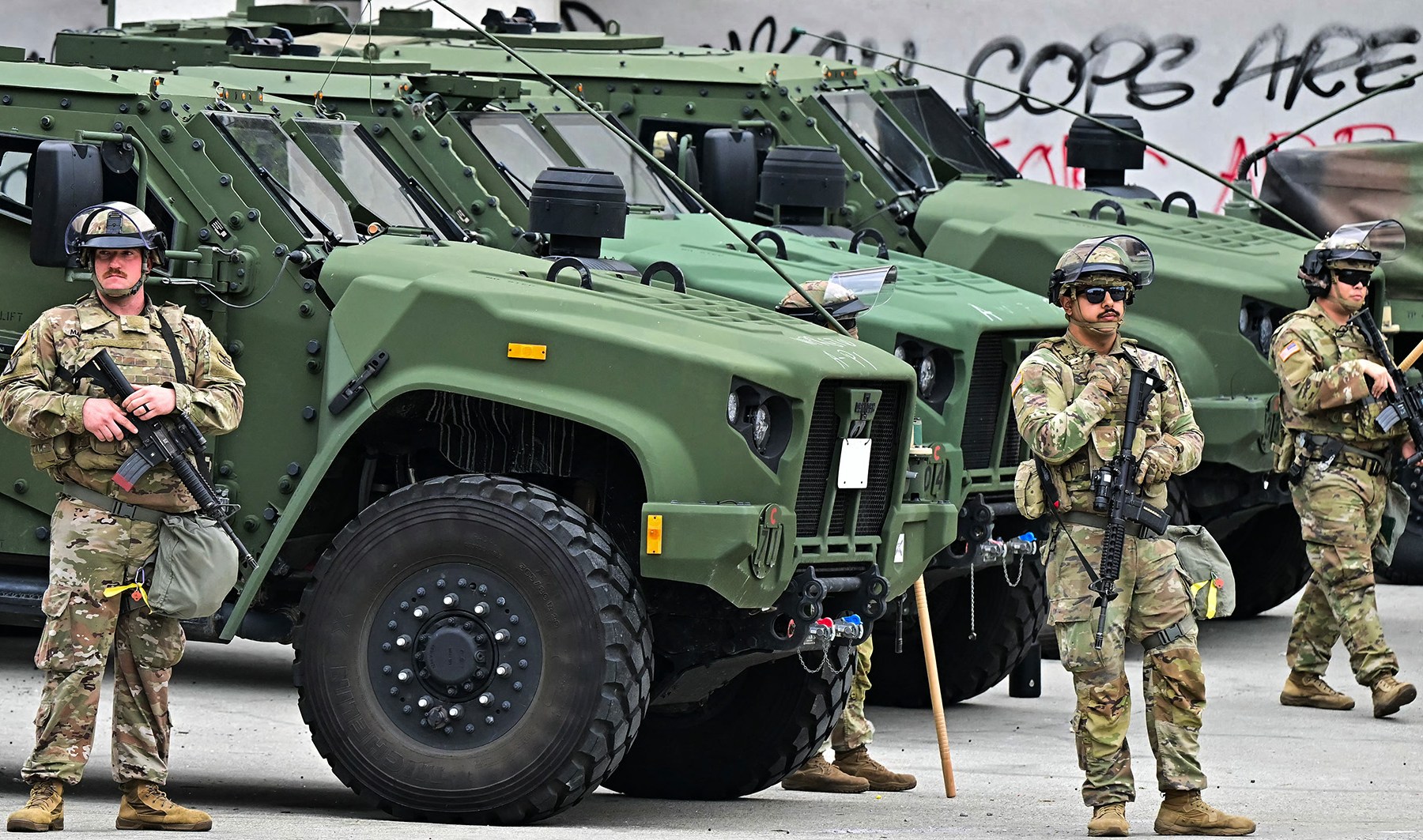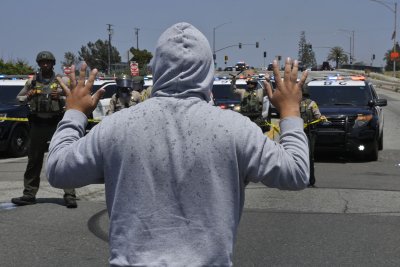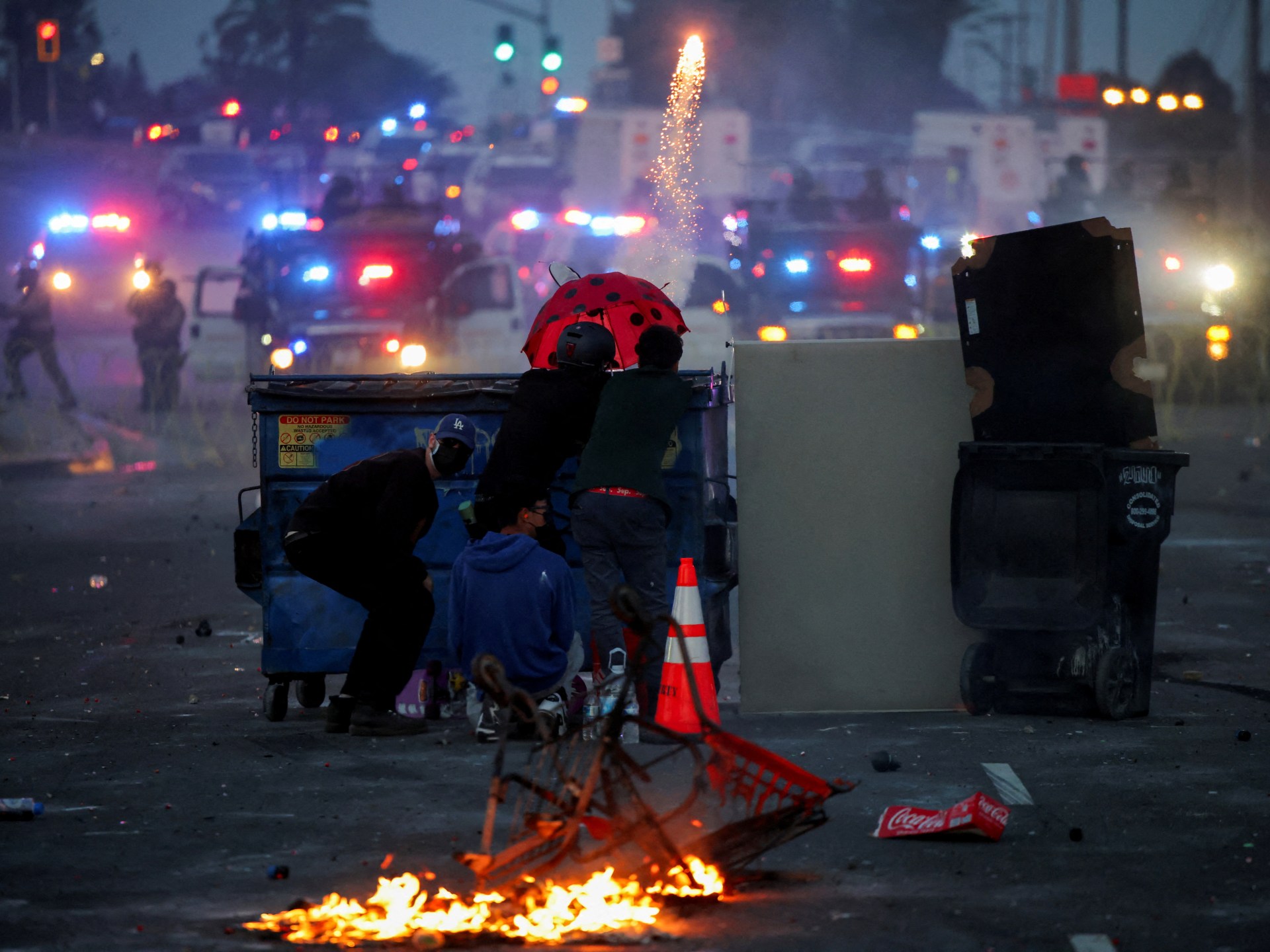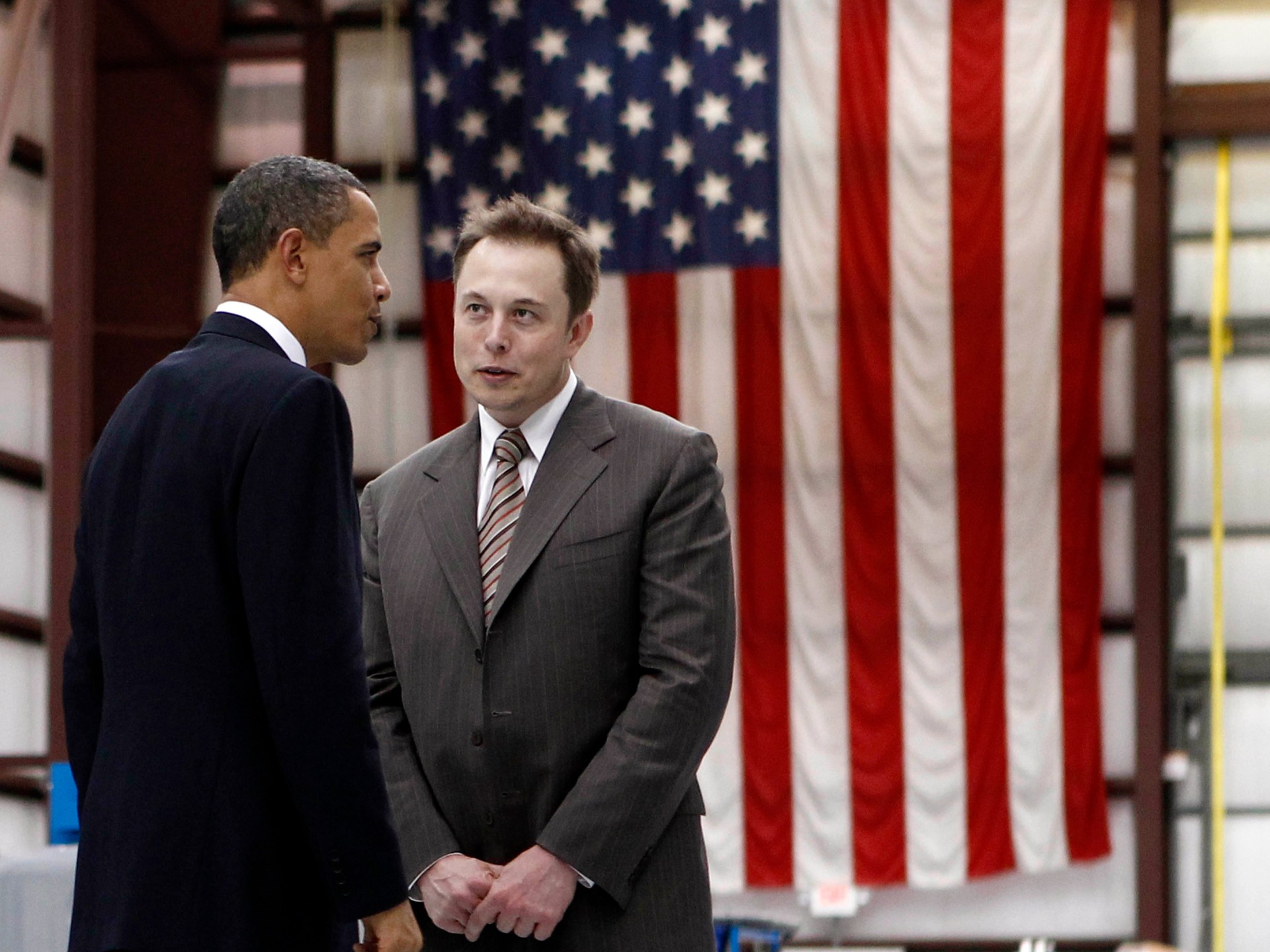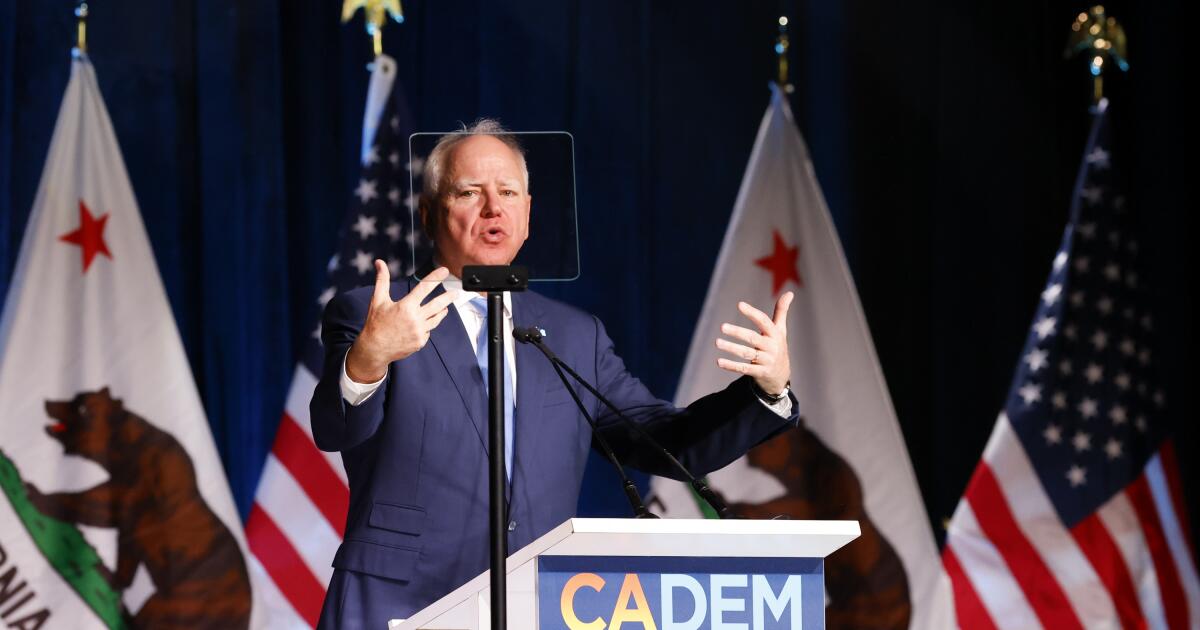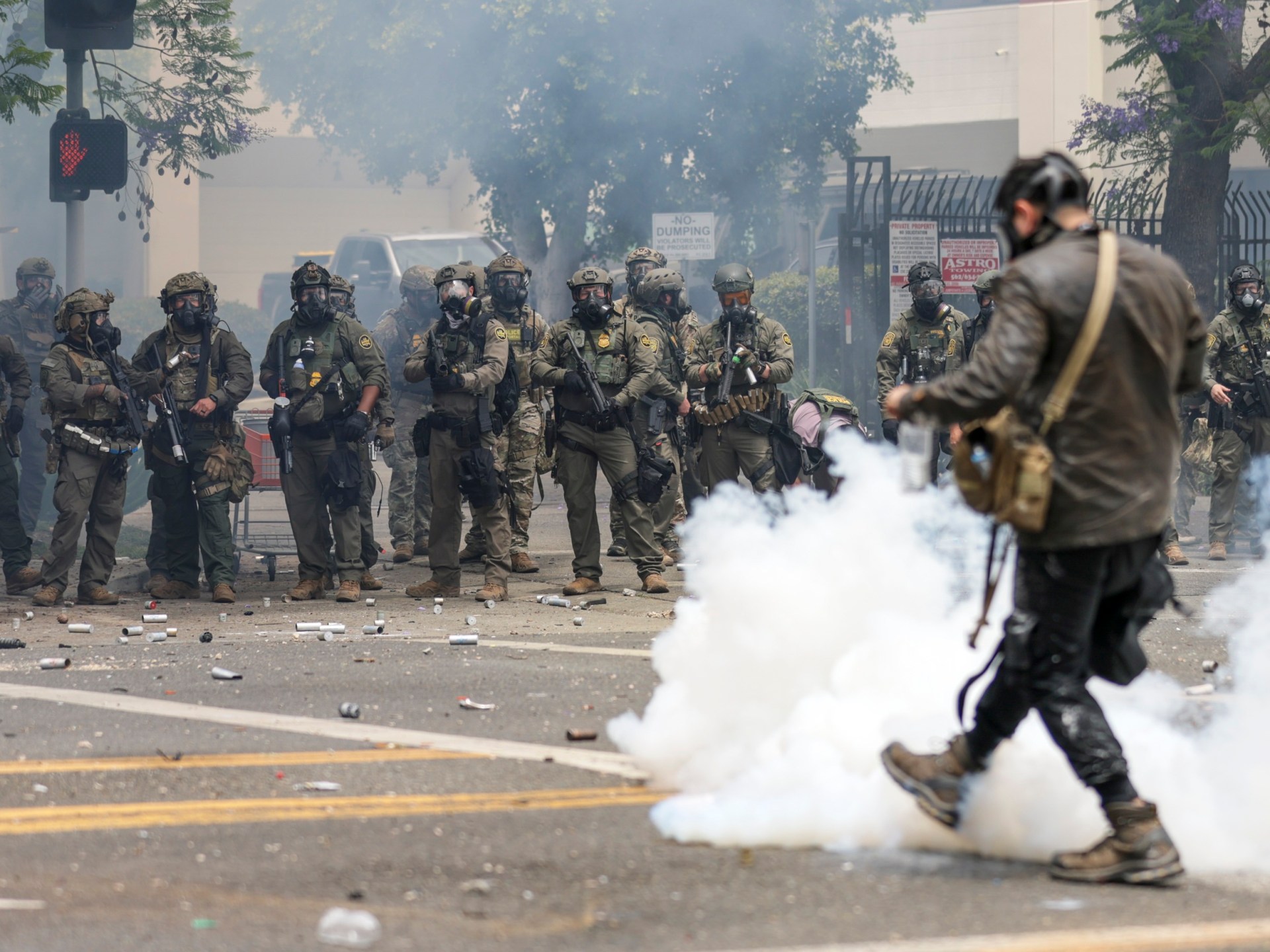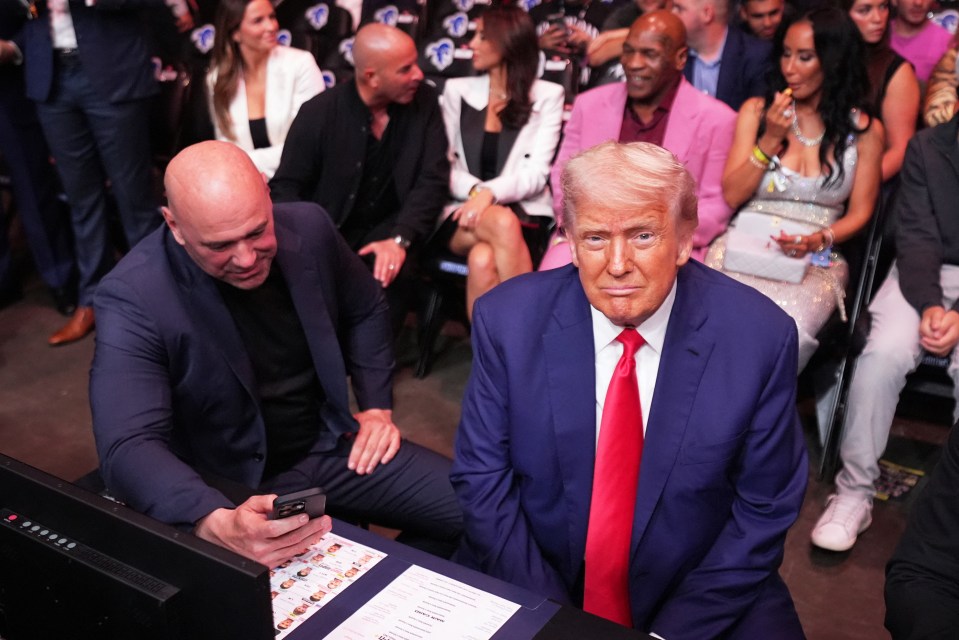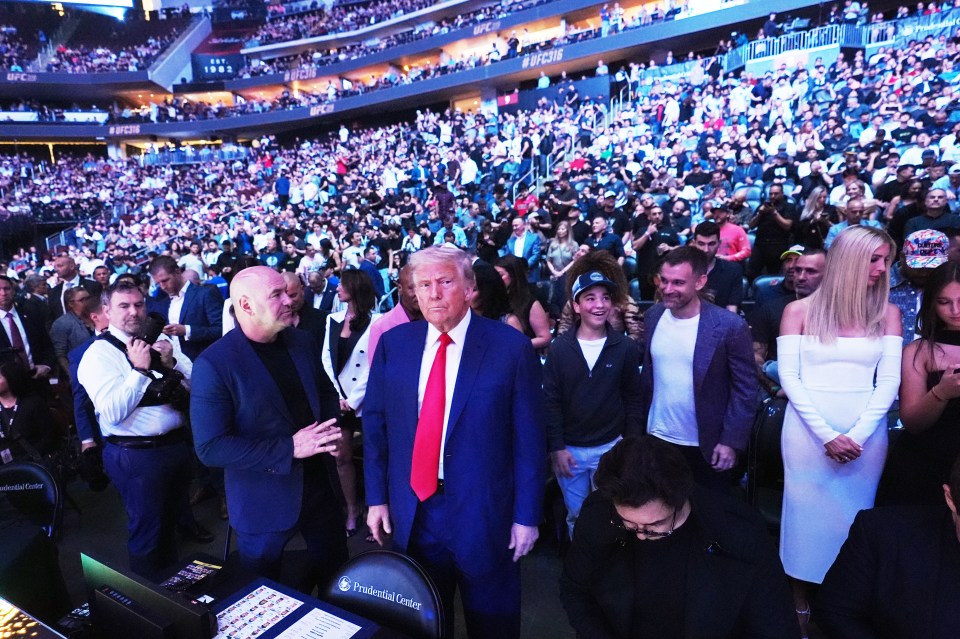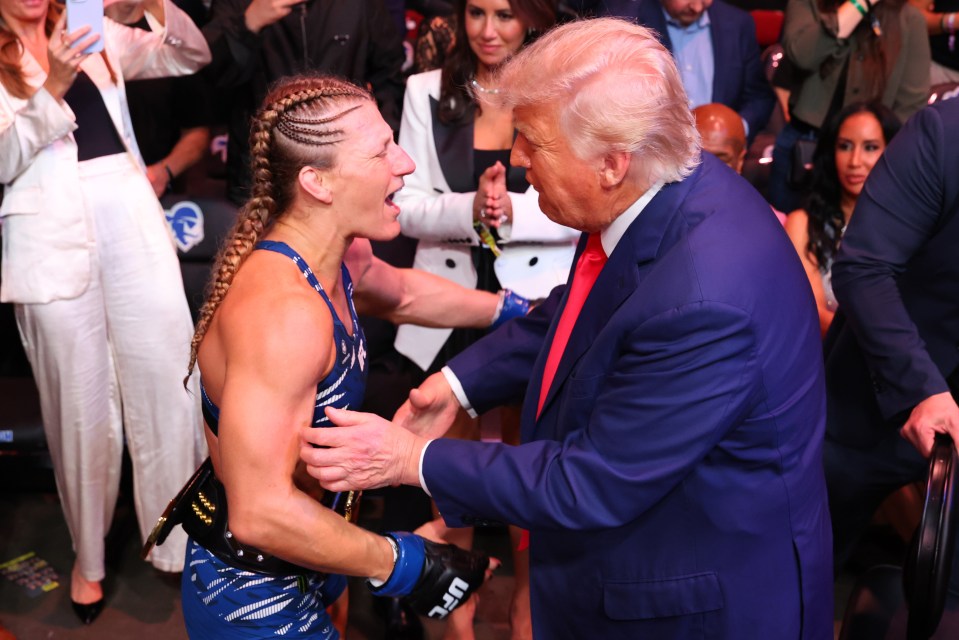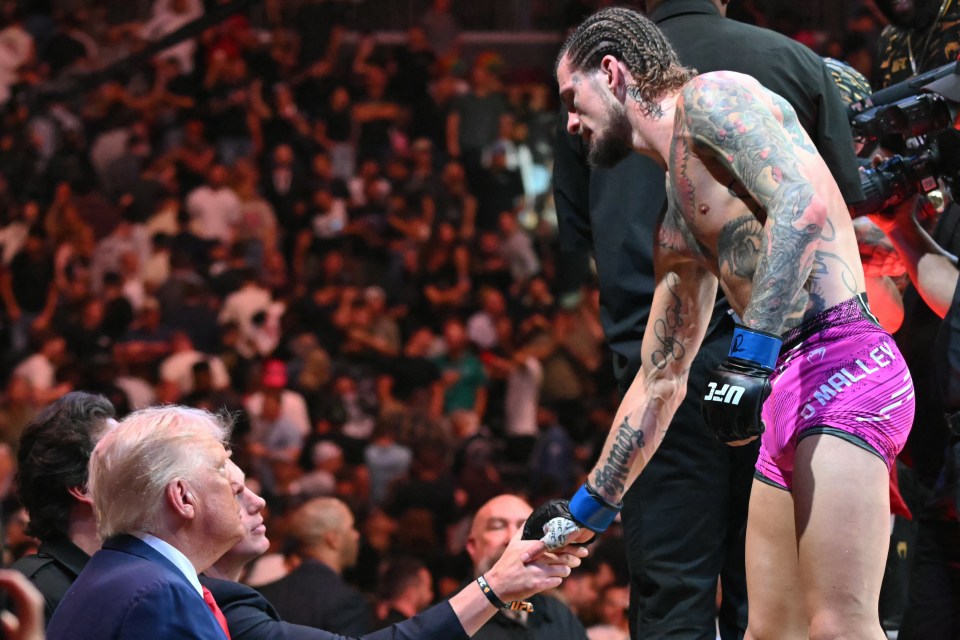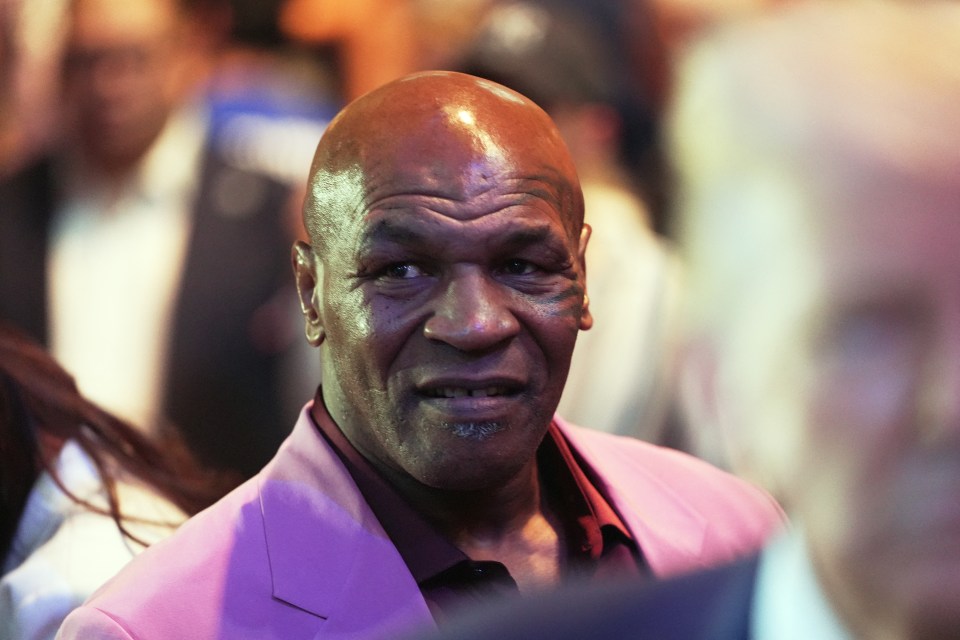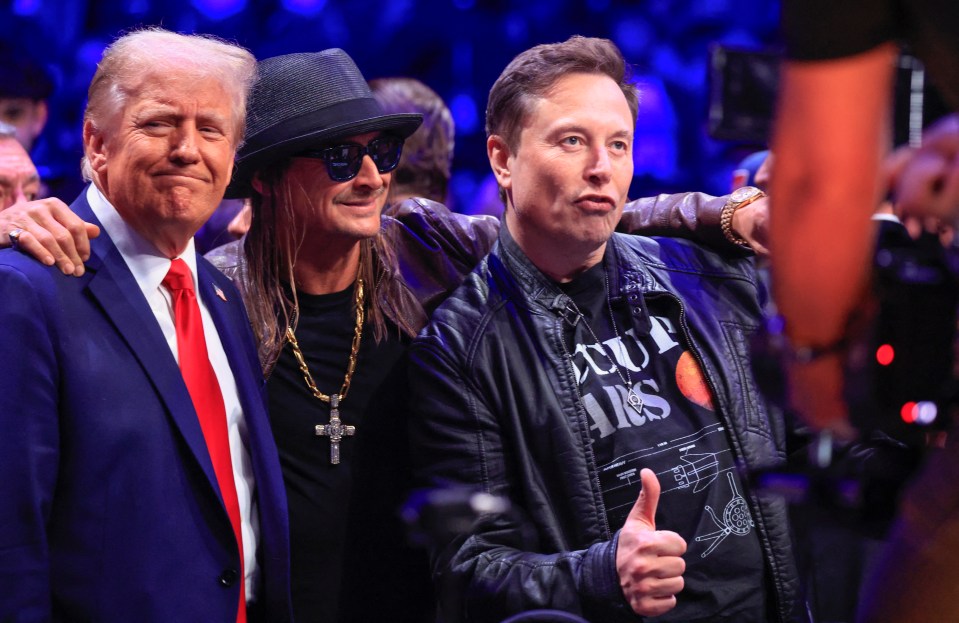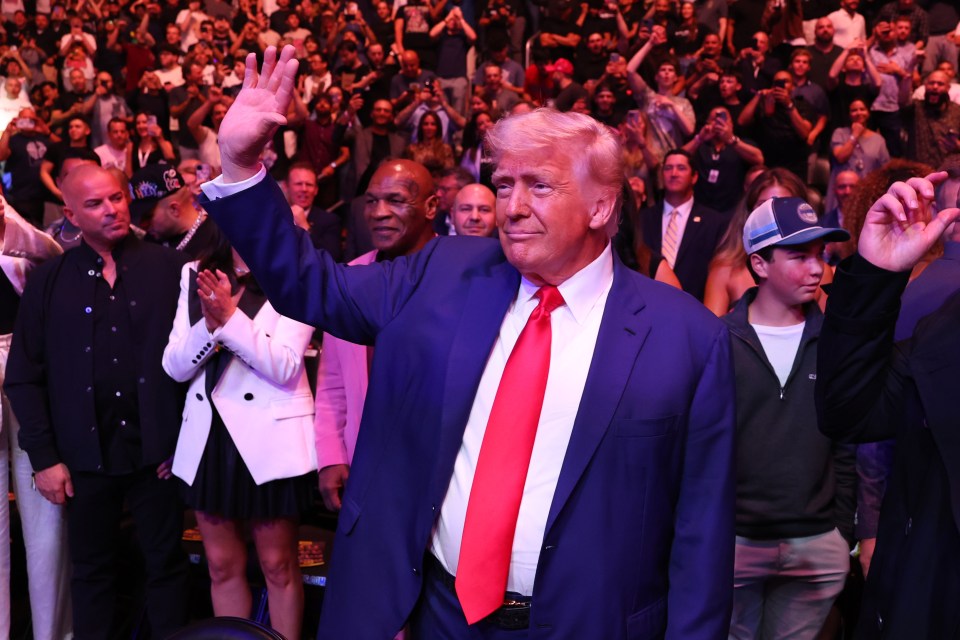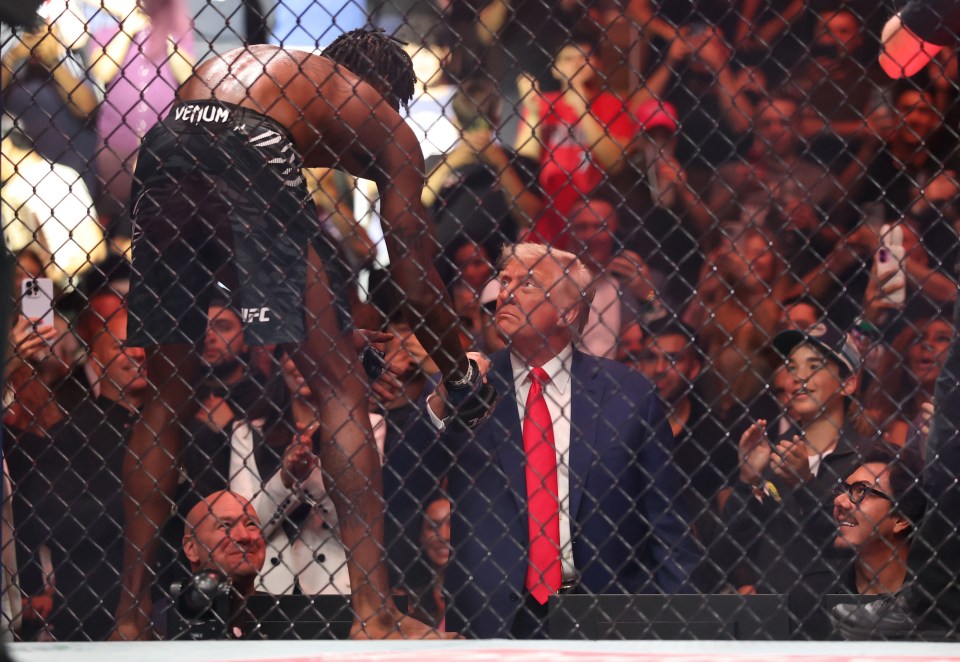Liz Oyer, a lawyer with the United States Department of Justice handling pardons for a long time, was fired by the Trump administration in March. Since then, Oyer has publicly criticised the administration, including its approach to pardons.
In an April 30 video on TikTok, Oyer took issue with many of Trump’s pardons, not only because they short-circuited the justice system but also because of their financial impact.
“President Trump has granted pardons that have wiped out over $1bn in debts owed by wealthy Americans who have committed fraud and broken the law,” claims Oyer, who said she was fired because she opposed a pardon to restore gun rights to actor Mel Gibson, a Trump supporter who was convicted on misdemeanour domestic violence charges in 2011.
US Senator Cory Booker, a Democrat from New Jersey, shared her post on May 31 on Instagram, saying Trump is “selling pardons to criminals who dump money on him and ingratiate themselves to his ego. They not only get out of jail, but they get out of the money they owe to make restitution for their crimes. This is wrong.”
Oyer’s Substack includes a running list of Trump’s pardons, along with a dollar figure for each that she says the pardon erased. The dollar figures on her list include fines – a financial penalty for being convicted of a crime – and restitution, which is designed to compensate victims for their losses.
As of June 5, Oyer’s pardon tracker listed 24 people with federal convictions whom Trump pardoned, along with the dollar amounts to be forgiven.
People and companies pardoned by Trump could save up to $1.3bn
On the surface, the maths holds: collectively, the 24 pardoned people and companies Oyer listed were on the hook for $1.34bn.
“A full pardon would wipe out any payments that were required as part of the criminal sentence”, as long as they have not already been paid, said Brian Kalt, a Michigan State University law professor.
But legal experts offered some caveats about this calculation. Some of the dollar amounts on Oyer’s list were not finalised, which adds some speculation to her total.
Oyer did not respond to inquiries for this article.
The biggest debts erased by pardons so far
After four and a half months in office, Trump has surpassed all but three post-World War II presidents for the number of clemency actions, which include pardons and commutations. His total is dominated by the roughly 1,500 pardons he granted to people who faced legal consequences from their participation in the events of January 6, 2021, when pro-Trump rioters stormed the US Capitol.
Trump’s second-term clemency acts exceed all but three modern presidents
The vast majority of clemency actions by Trump’s predecessor, President Joe Biden, were commutations, meaning they did not affect fines or restitution. (Biden commuted sentences for 37 people on death row and about 2,500 others convicted of nonviolent drug crimes.)
Biden pardoned 80 people over four years; Trump has pardoned 58 people in four and a half months, excluding the January 6, 2021-related pardons.
The four pardon recipients on Oyer’s list with the highest debt would collectively exceed $1bn by themselves. They are:
- Trevor Milton, an electric-truck company owner, who had been convicted of securities fraud and wire fraud in 2023 and sentenced to four years in prison. He was ordered to pay $676m in restitution.
- Ross William Ulbricht, the founder of Silk Road, an online marketplace that sold illegal drugs such as cocaine and heroin. Ulbricht had been convicted of aiding and abetting the distribution of drugs over the internet, continuing criminal enterprise, computer hacking conspiracy, and money laundering conspiracy. He had been sentenced to life in prison. (Ulbricht’s pardon fulfilled a Trump campaign promise.) Ulbricht was ordered to pay almost $184m.
- HDR Global Trading Limited, operator of a cryptocurrency exchange that had been ordered to pay a $100m fine for violating the Bank Secrecy Act’s anti-money laundering provisions.
- Lawrence Duran, owner of American Therapeutic Corp, a Miami-area mental health company, convicted of multiple counts related to healthcare fraud; Duran was sentenced to 50 years in prison and $87.5m in restitution.
However, it is unclear whether these four would add up to $1bn plus in forgone payments to the federal government, because not every amount listed had been formally approved by a judge.
“Almost always, a pardon has come after sentencing, so we know the amount of the fine or restitution with certainty,” said Mark Osler, a University of St Thomas law professor. But at least in Milton’s case, the pardon came before the restitution portion of his sentencing was completed.
Milton is the most important pardon recipient for judging the accuracy of Oyer’s statement, because it is the largest, accounting for about two-thirds of the $1bn figure.
He was sentenced in December 2023, but legal skirmishing over his restitution package was delayed. In March 2025, federal prosecutors requested that the judge approve about $676m in restitution – $660.8m to shareholders in his company and $15m to one victim. That request was pending at the time of Milton’s pardon.
It is impossible to know whether the judge would have ultimately accepted that amount.
Defendants can contest the prosecution’s restitution request, and they often do, said Frank O Bowman III, a University of Missouri emeritus law professor.
However, “a judge will usually accept” what the government suggests, Osler said.
For the second-, third- and fourth-ranking dollar amounts on Oyer’s list, each was finalised in court. For these, though, it is unclear whether the pardon recipients had already begun to pay any of their restitution. If they had, that could reduce the dollar amounts on Oyer’s list. (Our reporting did not turn up a central, publicly accessible repository showing who had paid what by the time of their pardon.)
Restitution owed by January 6, 2021, pardon recipients, which is not included in Oyer’s figure, could also push the total higher. Democrats on the House Oversight Committee said in a March 2025 letter that people receiving pardons related to January 6, 2021, owed nearly $3m in restitution before being pardoned.
Other high-profile names on Oyer’s list with smaller dollar amounts include: Devon Archer, Hunter Biden’s former business partner, who was interviewed by congressional Republicans during an investigation of Joe Biden, Hunter’s father; Carlos Watson, the founder of Ozy Media Inc, who was convicted on several fraud counts; reality TV stars Todd Chrisley and Julie Chrisley, who were also convicted on fraud counts; and former politicians Michael Grimm, John Rowland, Michelle Fiore and Alexander Sittenfeld.
Oyer told The Washington Post that when deciding clemency, past presidents have hewed closer to the recommendations of her former Justice Department office, which has guidelines stating that potential pardon recipients should have already completed their sentence, including paying any restitution.
“It’s unprecedented for a president to grant pardons that have the effect of wiping out so much debt owed by people who have committed frauds,” Oyer told the Post. “They do not meet Justice Department standards for recommending a pardon.”
Legal experts told PolitiFact that courts have not ruled on what happens to fines or restitution payments after a pardon if they had not already been paid. A 1995 Justice Department memo said that although payments already made and received would not be subject to being clawed back, the obligations not yet paid at the time of the pardon would be forgiven.
“This question, to our knowledge, has not been decided by any court, but we conclude, based upon existing precedent, that a pardon does reach such restitution where the victim has not yet received the restitution award, provided the pardon does not contain an express limitation to the contrary,” the memo said.
Margaret Love, who held Oyer’s former post at the Justice Department from 1990 to 1997, said, “If money is paid to the government, you can’t get the money back except through a congressional appropriation.”
For restitution intended to compensate a person — such as the victim of a fraudulent scheme — it appears that the victims are out of luck once a pardon is issued if they have not received that money already, legal experts said. It is unclear whether the victims would be obliged to repay the restitution they had already received back to the pardoned convict who defrauded them.
“I don’t know if it has ever come up,” Osler said.
Our ruling
Oyer said, “President Trump has granted pardons that have wiped out over $1bn in debts owed by wealthy Americans who have committed fraud and broken the law.”
In 24 Trump pardons Oyer cited, the four biggest dollar amounts top $1bn. However, the single biggest – about $676m – relates to an amount sought by prosecutors that had not been formally approved by a judge before the pardon was issued, making the dollar figure speculative. It accounts for about two-thirds of the $1bn figure.
The statement is accurate but requires additional information, so we rate it Mostly True.
